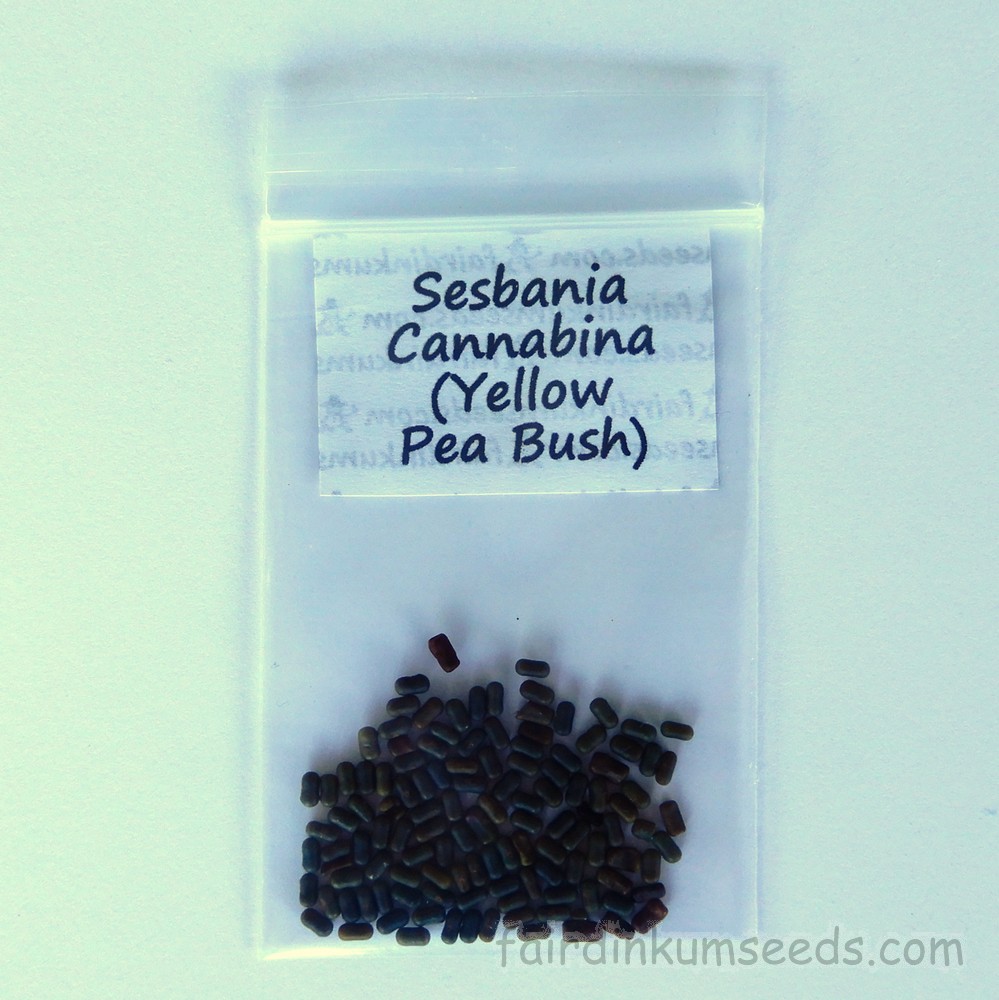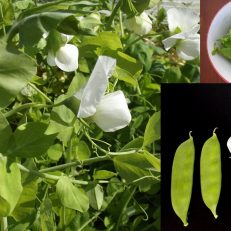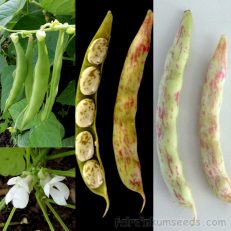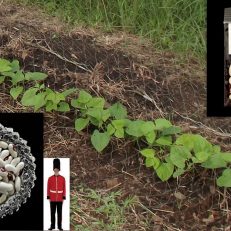Please read text!
Sesbania Cannabina Yellow Pea Bush Seeds
Packet of 75+ home grown organic seeds!
This very under utilized native is well worth considering.
It is considered a native to the Australian Capital Territory, New South Wales, Queensland, South Australia, Victoria, Northern Territory, Western Australia, Indonesia, Papua New Guinea, and it is also found in India, Iraq, Myanmar, Malaysia, New Caledonia, Phillipines, Mauritius, Ghana, the South Pacific Islands and many parts of the Indo-China Peninsula.
In China it is found in many provinces including Anhui, Chongqing, Fujian, Guangdong, Guangxi, Guizhou, Hainan, Hebei, Henan, Hubei, Hunan, Jiangsu, Jiangxi, Nei Mongol, Shandong, Shanxi, Taiwan, Yunnan, and Zhejiang.
This huge distribution, coupled with its natural tolerance of salinity and alkalinity make it not only a common roadside weed, but also a real asset, at least in my opinion.
It is known by the names canicha, chuchurangmei, chuchurangmei, corkwood tree, daincha, dhaincha, dhunchee fibre tree, dunchi, itkata, polizon, prickly sesban, sesbane chanvre, sesbania pea, sesbania pea, sesbania pea, yellow pea bush, and by the synonyms Aeschynomene aculeata, Aeschynomene bispinosa, Aeschynomene cannabina, Coronilla cannabina, Sesban aculeatus, Sesbania acculeata, Sesbania aculeata, Sesbania bispinosa, Sesbania cannabina var. floribunda, Sesbania paludosa, Sesbania sericea among others.
I often see it misidentified as a Mimosa pigra or as Black wattle in the plant ID groups/forums by well meaning landowners who spray it or pull it out thinking anything this healthy and fast to mature must be a “noxious weed”.
In actual fact this fella is not only native, it’s bloody awesome, providing a huge amount of nitrogen to the soil via nodules on the roots.
Fast growing, providing dappled shade to nearby seedlings, and then providing a boost of fertilizer as they grow.
When grown as a companion plant near tomatoes and vines like beans they make a great living trellis , and later a mulch crop, to further increase yields.
If you want to dig them in as a green manure or cover crop they are perfect too.
Super easy to pull by hand having only one large carrot like tap root.
The plant looks very much like a mini Moringa Tree and the speckled little flowers and long thin bean pods look as good, if not better than more commonly used species like Soya Bean.
They handle heavy heavy clay soils and the tap root helps break them up, and even in waterlogged or heavily irrigated crops like rice they still perform well.
There are numerous studies showing that sowing Sesbania cannabina, before, or even during planting of rice the overall yield is massively increased, for very minimal cost, and unlike most other alternatives mining and transport of phosphates is not needed.
As the plant has a short fast life, it is finished in three months, composted and broken down completely a month later, long before the rice is ready to harvest.
It is like a living, slow release, humus building, fertiliser, that you can grow yourself super cheaply, pretty much anywhere.
I have never got around to it myself so can’t offer specific advice, but the internet tells me the beans/seeds can be used in rice porridge or stews to add protein, and the young leaves and flowers can be fried tempura style.
It is commonly eaten in SE-Asian as pot herb, and it is also fed to chooks and pigs.
Can be used as a fodder crop in its own right, and overseas there are nutritional studies being undertaken at the moment.
Soaking the seeds in hot, but not boiling water, can speed up and regulate germination, but planted as is they are generally all up for me in about a month.
Grown by me and the Mrs organically, no chems, no nasties, no problems!!!





